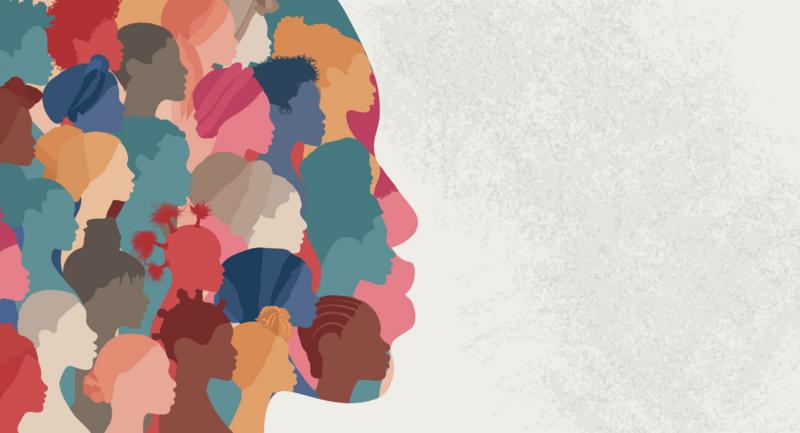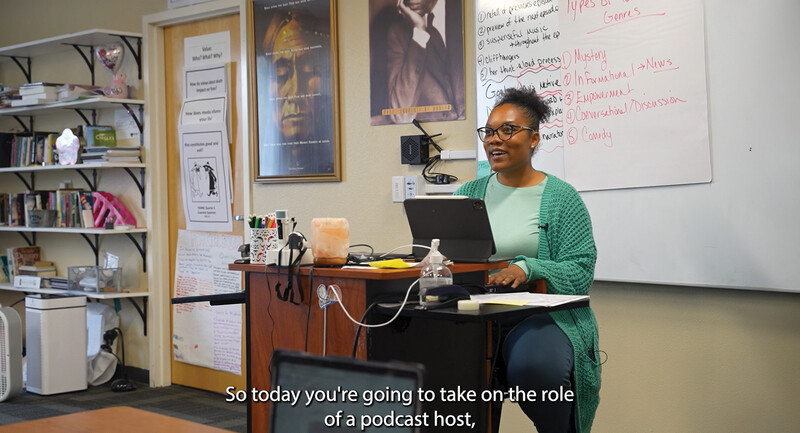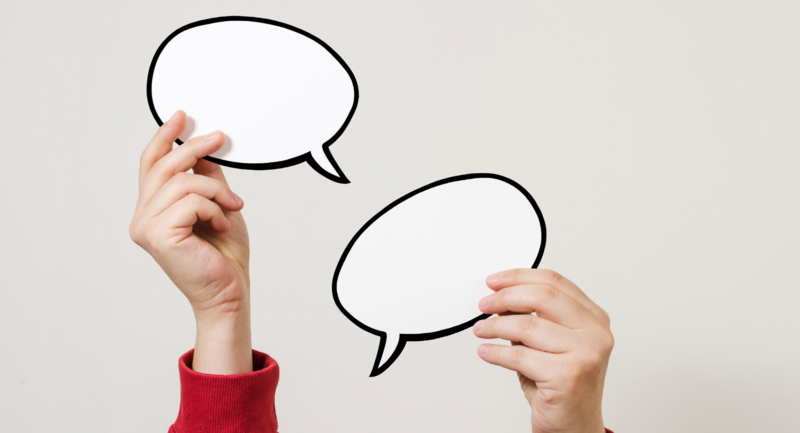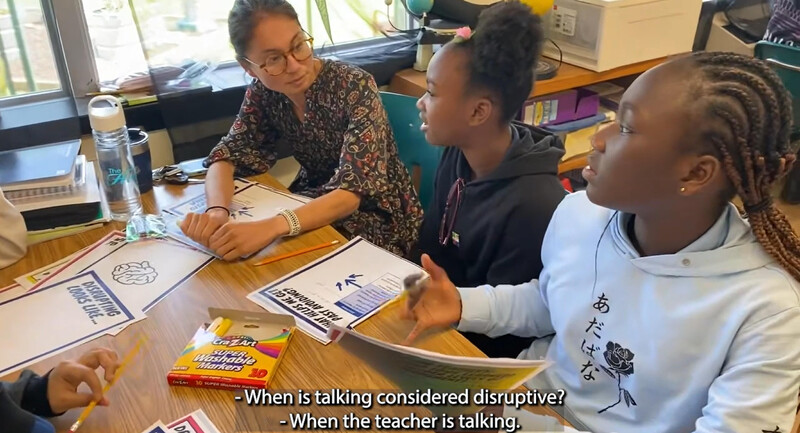Have you ever had trouble getting your students to pay attention? An intrinsic part of the job of teaching is engaging students. Even the most dynamic teacher with the most thoughtfully planned out lesson will struggle with student engagement at some point in the school day. Students bring their whole selves to the classroom. What is going on at home, with peers, and even within the classroom can pull their attention away from the task at hand.
In short, children are stressed. And, they aren’t alone. A majority of school teachers feel stressed. When teachers are highly stressed, students show lower levels on both social adjustment and academic performance.
Before a student or a teacher can learn to succeed, they need to learn to focus.
Focusing can require a quick break—a little reset for our brain to bring attention to the next task at hand. We need to recognize how challenging it can be for a young brain to simply switch gears. We need to recognize how challenging it can be to lead a class with so many active individuals. We need to facilitate these transitions and help students and educators de-stress and re-focus. We need to give children—and teachers—Brain Breaks. Doing so is easier than you might think.
There are three different ways to engage in such a break: breathe, move, and rest. Each can be done in five minutes or less.
Breathe
Have you ever noticed how your breath reflects your state of mind? When we are calm our breath tends to be slow and steady. When we are anxious, our breath might be quick and shallow. Breathing exercises can help you relax by intentionally creating a calm and steady breath, which encourages your nervous system to respond in kind.
Here are steps to a simple approach to this, which we call Anchor Breathing:
- Sit down and get comfortable.
- Rest your hand on your chosen breathing space: tummy, chest, or your nose.
- Breathe normally, and keep your attention on your breathing space. (It is okay if your breath pattern changes as you start to pay attention to it).
- When your attention wanders, gently bring it back to your breathing space.
Can you be mindful of your breathing for five breaths? For one minute?
Move
When we think of movement, it’s often something big. Movements can be subtle, executed from a seated position. For our Brain Breaks, we always coordinate our movement with our breath. A simple exercise for students to feel this connection is called Sunrise/Sunset:
- Sit on a chair with feet together and pointed forward.
- Arms hang straight at the sides.
- Sit up nice and tall. This starting position is called Seated Mountain.
- As you inhale, reach arms up overhead. Reach up through the tips of the fingers. (Sunrise)
- As you exhale, fold forward. Your belly will touch your legs. Put your hands on your shins, your ankles, or on the floor. Let your head and neck relax. (Sunset)
- Inhale, sit up tall and stretch arms overhead again.
- Exhale, return to Seated Mountain.
- Repeat several times. Focus on moving with your breath.
If you prefer to be on the floor, start with crossed legs. Sit up nice and tall. Let your shoulders relax. Take deep breaths in and out as you do sunrise and sunset. In as little as one minute, you will feel calmer.
Rest
Often, the best way to center ourselves is to take a moment to rest and reflect. This can be as simple as closing our eyes and putting our head down; decompressing for a few minutes. It can also be an active time of reflection, through an exercise called Attitude of Gratitude. To practice:
- Sit comfortably, and if you like you can close your eyes.
- Think of something/someone in your life for which you are thankful, or grateful. It can be anything or anyone!
- Take a few moments to just appreciate this thing or person.
- Now think of another thing or person for which you are grateful.
- Take a few moments to appreciate this thing or person.
- Notice how you feel.
Brain Breaks bring a welcome change of pace into the classroom. They bring students and educators into a relaxed state of focus—the perfect beat to take before starting a new challenge. This practice works best when it becomes routine. Picking a time each day to take a Brain Break creates a familiar routine upon which you can grow. If you’d like to grow this practice and introduce new exercises, those resources are available free to educators and nonprofits on pureedgeinc.org.
Erin Cooney serves as the Director of Curriculum and Instruction and Gill McClean serves as the Director of Professional Development at Pure Edge, Inc., a foundation dedicated to bringing health and wellness strategies focused on social emotional learning into the classroom.








